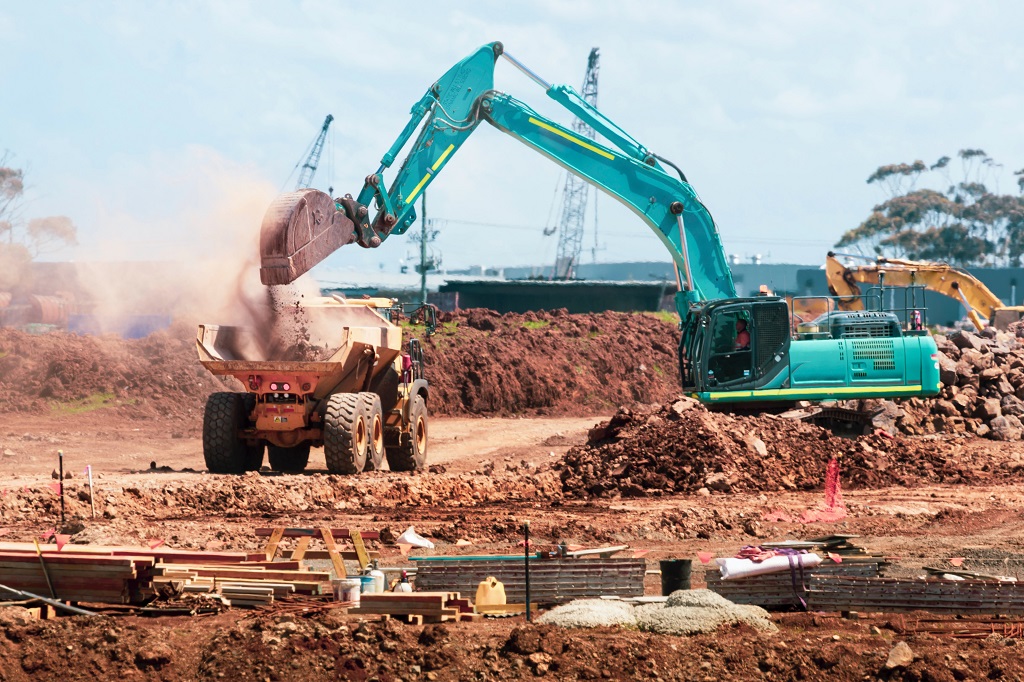GMPF to increase resi exposure to support Rayner’s housing crusade
A bigger proportion of the fund’s £900m property pot is to be spent on residential in the coming years in line with the government’s aim to deliver 1.5m homes over the course of the parliament.
Overall, the £30bn Greater Manchester Pension Fund currently invests 20% of its capital into housing. Going forward, the plan is to increase this to 40%.
Rayner’s aims
Speaking at an event in Manchester hosted by CBRE, which manages the GMPF’s property fund, deputy prime minister Angela Rayner reaffirmed her stance on the residential sector.
“If Tony Blair’s mantra was education, education, education, mine is housing, housing, housing,” she told a room of property developers and investors.
Rayner wants to see long-term investors like the GMPF play a role in boosting the country’s housing sector; ompared to other nations like the USA and Germany, the proportion of housing in the UK that is institutionally-owned is low.
“We want to unlock the financial firepower of the local government pension scheme to turbocharge our plans for economic growth and get in Britain building again,” she said.
Rayner added that the aims of the GMPF – to deliver returns for its members alongside impactful local investment – “fit like a glove” with the government’s own growth agenda.
“Rebuilding Britain and delivering economic growth is our first and highest mission,” she said.
The biggest barrier
While housing forms a key pillar of the government’s growth agenda, viability remains the number one factor keeping the development community up at night and the biggest barrier to delivery.
“Viability is the biggest single issue on every single project that we see,” said Colin Thomasson, head of UK investment at CBRE.
“You can’t really lose on residential if you can get to a point where you’ve got high-quality residential that’s available for people to lease or buy. The problem is getting to that point.”
The overriding view from the industry is that government intervention is required to address the viability crisis. What that might look like is unclear but in Thomasson’s mind, it would mean more flexible grant funding arrangements and a more innovative and pragmatic way of tackling the issue.
“Offering [developers] loans at a commercial rate when they have got a viability problem in the appraisal is not going to solve the problem,” he said.
“Having pots of capital is one thing, but if they are defined to do certain things that don’t solve the intrinsic problem, it’s not going to get me any closer to getting on site.”
If the government does not intervene to address the viability crisis, it will make its dream of 1.5m houses over the course of the parliament much harder, if not impossible, to realise.
The knock-on impact of leaving the private sector to deal with viability would fly in the face of another of Rayner’s aims – “ to deliver the biggest boost to affordable and social housing in a generation”.
“If the market is left on its own, the solution to viability is pushing the rents ever higher, and that’s not going to serve the people of Greater Manchester,” Thomasson said.
“We do not want to be in a space where we are having to grow rents at very high percentages to make a scheme viable. We want to be able to deliver a price point that makes sense for the customers that we’re targeting.”
Diversification
The GMPF currently has eight deals in the works, half of which are in the housing sector.
While residential will be the fund’s main property focus going forward, having a diversified portfolio – in terms of asset class, geography, and partners – remains important, according to Thomasson.
It is a tricky time for the office market. Yields have softened and there is still uncertainty around demand given the shift towards hybrid working.
However, Thomasson claims the sector remains a focus for the fund, which is already backing Island, a 100,000 sq ft office on Manchester’s John Dalton Street, and is in talks over other deals.
“We’re looking for projects that are right and feasible for us to do,” he said.
“I’m almost certain we will do another [office scheme] at some point in the next six to nine months.”
Compared to offices, industrial has remained stable throughout a tumultuous period for the economy. The decision the fund took to invest heavily in that sector in previous years has paid off, Thomasson said.
As it stands, 27% of GMPF’s deployed capital is invested in industrial. This will decrease as the housing crusade ramps up.
“Our slightly overweighted position to industrial has actually served us really well because it’s outperformed. But now we perceive there is an opportunity, possibly, to pivot slightly away from that and do different things over the course of next year or two.”
A commitment from an institutional investor the size of the GMPF to increase its exposure to the housing market is a big boost to the government’s ambitions around residential. It will mean more deals like the £120m investment into L&G Affordable Homes and the £31m secured by Placefirst for homes in Bolton and Halifax.
Meanwhile, the private sector will be paying close attention to next week’s Labour Party conference in Liverpool for signs of a clear plan to address the viability issue.
“We have got thousands of units we can build and very few of them are getting built,” Thomasson said.
“We’ve got to find a way to accelerate and solve the problem.”






It’s great news that more house building is under way, though I do wonder where all the experienced builders will come from, I mean, there are only so many experienced, quality builders in the country and it’s not like we can just get more from the EU so easily any more.
By EOD
There is a complete contradiction in the interests of a property fund which is to produce the highest return possible, and the government supposed desire for big increase in numbers of affordable houses specifically for younger people.
By Barbers smith
As long as they don’t start funding those dire cookie-cutter type schemes, riddled with small, flimsy, poorly built houses and devoid of proper infrastructure. If we’re putting public money (even if it’s pension fund monies) into development there should be basic criteria around quality rather than simply numbers.
By GMPF watch